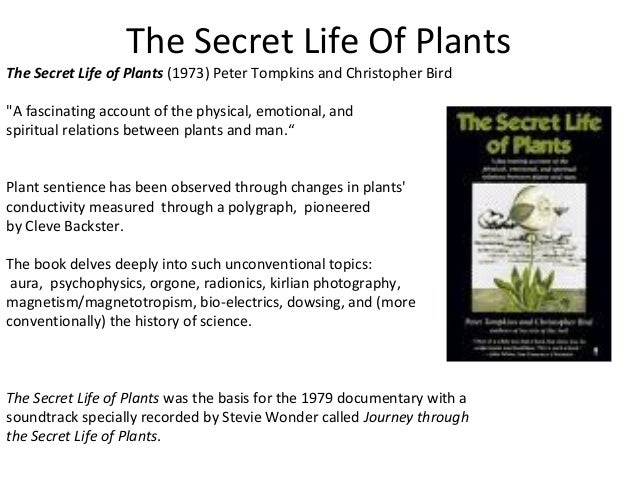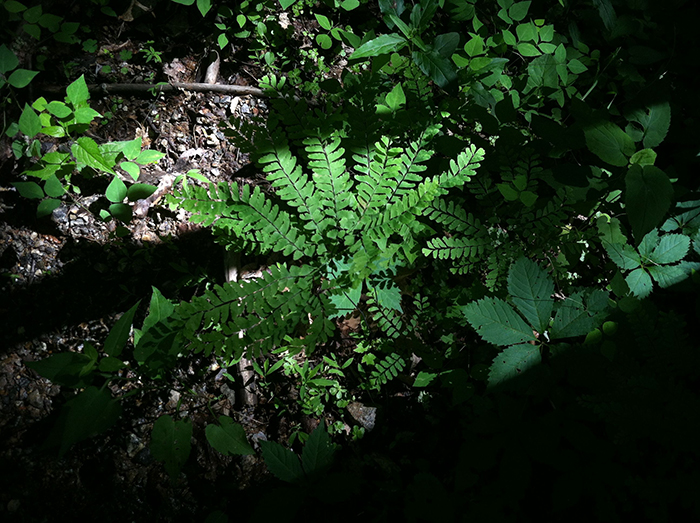
To test this hypothesis, pea plants were exposed to two different stimuli. In this study, it was hypothesized that plants have the capability to associate one type of stimulus with another. By experimentally demonstrating associative learning in plants, this finding qualified plants as proper subjects of cognitive research. The research demonstrated that plants were capable of learning the association between the occurrence of one event and the anticipation of another event (i.e.

In 2016, a research team led by Monica Gagliano set out to test whether plants learn to respond to predicted events in their environment. When two trap hairs are triggered, a threshold is reached, generating an action potential that closes the trap.

When one trap hair (mechanoreceptor) is triggered, a sub-threshold potential is reached. One hypothesis that explains how this occurs is by electrical signalling in plants. Īnother example of short term "memory" of a plant is found in the Venus flytrap, whose rapid closure is only triggered when at least two trap hairs are contacted within twenty seconds of one another. While the mechanism of this plant behavior is still not fully understood, it is strongly linked to changes in the flux within calcium channels. After multiple drops, it was found that the plants eventually became habituated, opening their leaves more quickly compared to the first time they were dropped. In a study done by Monica Gagliano from the University of Western Australia’s Centre for Evolutionary Biology, Mimosa pudica (sensitive plant) was tested for habituation to repeatedly being dropped. Plants are therefore clever in sensing the environmental stimulus e.g young sunflowers that face the sun for their growth.

This raises issues of plant intelligence which is defined to be able to actively adapt to any stimulus presented to the species from the environment. While proven that plants do indeed lack a brain and the function of a conscious working nervous system, plants are still somehow capable of adapting to their environment and changing the integration pathway that would ultimately lead to how a plant “decides” to take response to a presented stimulus. The study of plant cognition stems from the idea that plants are able to learn and adapt to their environment with only a stimulus, integration, and response system. This framework holds considerable implications for the way we perceive plants as it redefines the traditionally held boundary between animals and plants. Today, plant cognition is emerging as a field of research directed at experimentally testing the cognitive abilities of plants, including perception, learning processes, memory and consciousness. While plant " neurobiology" focuses on the physiological study of plants, modern plant cognition primarily applies a behavioural/ecological approach. Irrespective of whether this neurological metaphor is correct or, more generally, the modern application of neuroscience terminology and concepts to plants is appropriate, the Darwinian idea of the root tip of plants functioning as a "brain-like" organ (together with the so-called " root- brain hypothesis") has experienced an ongoing revival in plant physiology. This involves reacting to sensation in order to determine their next movement even though plants possess neither brains nor nerves. Using a neurological metaphor, he described the sensitivity of plant roots in proposing that the tip of roots acts like the brain of some lower animals. The idea of cognition in plants was first explored by Charles Darwin in the late 1800s in the book The Power of Movement in Plants, co-authored with his son Francis. Some researchers claim that plants process information in similar ways as animal nervous systems. Over recent years, experimental evidence for the cognitive nature of plants has grown rapidly and has revealed the extent to which plants can use senses and cognition to respond to their environments.

The study of plant cognition explores the idea that plants are capable of responding to and learning from stimuli in their surroundings in order to choose and make decisions that are most appropriate to ensure survival. Plant cognition is the proposed cognition of plants. ( Learn how and when to remove this template message) ( November 2017) ( Learn how and when to remove this template message) It may require cleanup to comply with Wikipedia's content policies, particularly neutral point of view. A major contributor to this article appears to have a close connection with its subject.


 0 kommentar(er)
0 kommentar(er)
